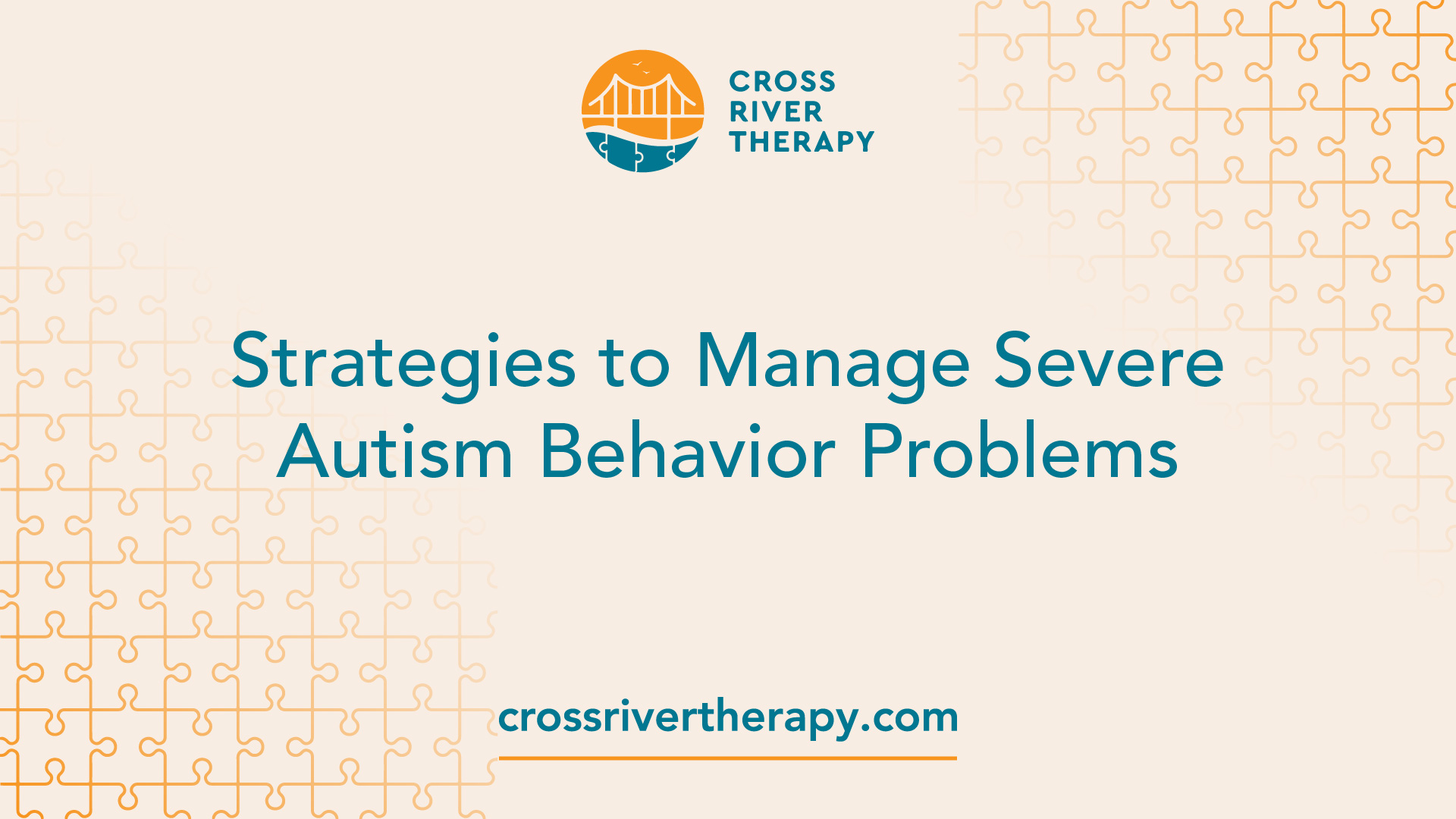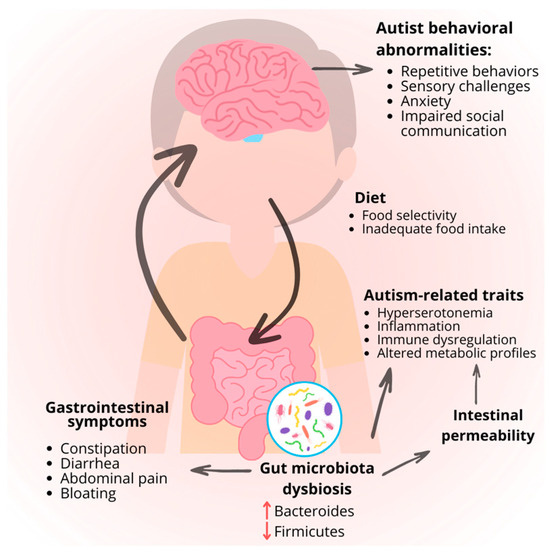Creating real connections with help from an Autism Therapist
Creating real connections with help from an Autism Therapist
Blog Article
Comprehending the Influence of Behavioral Autism on Life and Social Interactions
You could not realize how deeply behavior autism influences daily life and social interactions. Individuals on the range usually navigate a globe filled with communication obstacles and sensory overload. These challenges can lead to disappointment and seclusion, impacting their partnerships and total health.
Defining Behavioral Autism and Its Features
Behavior autism, usually described as autism range condition (ASD), includes a series of conditions characterized by difficulties in social interaction, communication, and repeated habits. You might see that individuals with ASD often have a hard time to translate social signs, which can lead to misunderstandings in discussions. They may discover it hard to develop eye call or involve in tiny talk, making social circumstances feel frustrating.
Interaction difficulties can manifest in various ways, from delayed speech development to a preference for utilizing less words. Repeated actions, such as hand-flapping or rocking, can function as coping systems to manage anxiety or sensory overload. These attributes can greatly influence everyday life, making it important for you to comprehend and support those with ASD. By acknowledging these attributes, you can cultivate an atmosphere that advertises approval and motivates reliable interaction, aiding people with autism grow in their day-to-day interactions.
The Spectrum of Autism: Comprehending Variability in Behavior
Autism spectrum problem (ASD) isn't a one-size-fits-all diagnosis; it varies widely amongst people. You could observe that some individuals with ASD exhibit moderate signs and symptoms, while others might encounter a lot more substantial difficulties. This variability can show up in actions, interests, and sensory level of sensitivities. You might encounter individuals that are very verbal and engage easily in conversations, while others might like solitary tasks or interact non-verbally.
Additionally, the way individuals with ASD respond to sensory input can vary substantially; some could be bewildered by intense lights or loud sounds, whereas others flourish in boosting atmospheres. The spectrum likewise consists of differences in social interactions; some individuals may struggle to translate social cues, while others navigate social setups with family member convenience. Understanding this irregularity is crucial, as it assists you value everyone's unique experience and dressmaker support to their particular requirements, cultivating a much more inclusive setting for everybody.
Communication Difficulties Dealt With by Individuals With Autism
When you engage with individuals on the autism spectrum, you might discover their special interaction obstacles. They often face difficulties with both spoken and nonverbal hints, which can impact their social communications. Comprehending these obstacles is necessary for cultivating much better links and assistance.

Verbal Communication Troubles
Lots of people on the autism range experience verbal interaction problems that can significantly affect their day-to-day communications. Your volume, speed, or tone might not line up with social assumptions, triggering others to misinterpret your intents. Recognizing these challenges can assist you and your support network create approaches to enhance communication and cultivate better links with others in your daily life.
Nonverbal Communication Obstacles
Spoken interaction isn't the only difficulty individuals on the autism spectrum face; nonverbal communication barriers can be simply as considerable. You may find it hard to interpret body movement, face expressions, and eye contact, which are vital for efficient interaction. These difficulties can cause misconceptions or misinterpretations of social hints, making interactions feel complex or frustrating. You might battle to reveal your very own emotions with nonverbal means, leaving others unsure of your feelings or intentions. This detach can produce feelings of seclusion and aggravation. Recognizing these obstacles is important for promoting understanding and compassion in your communications. By resolving nonverbal interaction, you can locate approaches to improve your social experiences and improve your general high quality of life.
Social Interaction Effects
Social interactions can typically really feel frustrating due to the special interaction obstacles dealt with by people with autism. You might deal with interpreting social hints, making it difficult to comprehend mockery or body movement. This can bring about misunderstandings or uncomfortable minutes in discussions. In addition, launching and keeping discussions might feel difficult, triggering anxiousness in social circumstances. You might like structured atmospheres, making spontaneous communications uncomfortable. It's also usual to experience trouble in taking part in tiny talk, which can hinder developing brand-new relationships. Recognizing these obstacles can aid you discover methods to boost interaction, such as practicing social abilities in risk-free setups or utilizing aesthetic aids - Aba Therapist. Recognizing your requirements enables you to navigate social communications with higher confidence and simplicity.
Social Interaction and Partnership Building in Autism
While structure relationships can be challenging for individuals with autism, recognizing their special viewpoints and communication designs can cultivate significant links. You may notice that many individuals on the range prefer straight interaction and might fight with social hints or small talk. By being simple in your communications, you can aid create an atmosphere where they really feel comfy.
Involving in shared interests can likewise offer as a bridge to much deeper connections. Whether it's a hobby, a favored show, or a shared interest, these common strings can open doors to relationship.
Every Day Life Regimen: Navigating Methods and obstacles
Maneuvering everyday life routines can be particularly challenging for individuals with autism, especially when unexpected changes happen. You could locate convenience in having an organized timetable, as it helps you expect what's following. It's normal to feel overwhelmed or distressed when interruptions happen. To browse these difficulties, take into consideration applying visual routines or checklists. These devices can provide clarity and confidence.
Developing a routine that consists of sensory breaks can also be advantageous. This aids produce an understanding setting.
Lastly, method mindfulness strategies to take care of stress and anxiety and anxiousness. Easy breathing exercises or basing methods can make a significant distinction. By incorporating these approaches, you can improve your daily regimen and minimize disturbances, making life feel a lot more manageable.
Strengths and Abilities of Individuals on the Autism Spectrum
Comprehending day-to-day life regimens is simply one aspect of the autism experience. Lots of people on the autism spectrum possess exceptional staminas and capacities that set them apart. You could find that your interest to detail is extraordinary, permitting you to succeed Resources in tasks that need accuracy and focus. Your capability to believe outside the box can lead to innovative options in different situations.
Moreover, your memory abilities typically shine, particularly in locations of passion. Autism Spectrum Therapies. This propensity for preserving details can make you a useful resource in fields like scientific research, art, or technology. You may likewise display solid aesthetic reasoning, allowing you to visualize complex ideas and solve problems creatively
Additionally, your distinct viewpoint on the world can cultivate compassion and understanding in others, enriching social interactions. Welcoming these strengths not only improves your confidence but likewise aids others value the diverse abilities you offer the table.
Developing Inclusive Settings for People With Autism
Developing inclusive settings for individuals with autism starts with developing sensory-friendly rooms that deal with their unique demands. You can additionally foster opportunities for social interaction, assisting to develop friendships and connections. By making these modifications, you'll add to a more welcoming environment for everybody.
Designing Sensory-Friendly Spaces
While developing sensory-friendly rooms, it's vital to show on the special needs of individuals with autism. Beginning by selecting calming colors and soft lights to create a relaxing atmosphere. When overwhelmed, incorporate peaceful areas where individuals can charge and pull back. You'll desire to decrease loud sounds and distractions, utilizing soundproof materials or white noise makers to aid maintain serenity. Think about tactile aspects like soft fabrics or fidget-friendly things that can provide convenience. Determine that spaces are flexible, permitting very easy reformation to fit different tasks. Lastly, include visual routines or clear signage to assist individuals browse the space confidently. By thoughtfully integrating these aspects, you can create an inviting atmosphere that sustains sensory needs and promotes total well-being.
Promoting Social Communication Opportunities
Creating sensory-friendly spaces not just addresses individual convenience but additionally sets the phase for significant social interactions amongst people with autism. Urge peer mentoring, matching people with autism with helpful peers that can direct them via social circumstances. By implementing these approaches, you can improve social possibilities, helping people with autism build discover this relationships and strengthen their social abilities in a secure, welcoming atmosphere.

Often Asked Questions
Exactly How Can Friends Assistance Someone With Behavioral Autism?
You can support a buddy with behavioral autism by being individual, paying attention proactively, and valuing their boundaries. Engage in tasks they delight in, interact freely, and create a comfy setting where they feel valued and understood.
What Resources Are Available for Parents of Children With Autism?
You can explore various resources for parents of youngsters with autism, consisting of support system, academic sites, and neighborhood neighborhood services. Getting in touch with various other moms and dads can likewise give useful insights and shared experiences to aid browse difficulties.
Can Behavioral Autism Modification Over Time?

Yes, behavioral autism can alter over time. You could see changes in interaction, social abilities, and habits as your child expands. Early intervention and assistance usually play essential functions in these developmental adjustments.
Just How Do Sensory Level Of Sensitivities Impact Every Day Life?
Sensory sensitivities can make daily experiences overwhelming. You might fight with loud noises or intense lights, resulting in stress or avoidance. Locating settings that fit your demands can significantly enhance your convenience and overall day-to-day live.
What Are Common Misconceptions Regarding Behavioral Autism?
You could believe behavior autism only impacts interaction abilities, but it's more facility. Many presume people do not have empathy or knowledge, which isn't true. Understanding these misunderstandings assists foster approval and assistance for those on the range.
Behavioral autism, usually referred to as autism range problem (ASD), includes an array of problems defined by challenges in social interaction, interaction, and recurring behaviors.Social interactions can frequently really feel frustrating due to the one-of-a-kind communication difficulties faced by people with autism.Creating sensory-friendly spaces not just addresses individual comfort however also sets the stage for meaningful social communications among people with autism. Encourage peer mentoring, pairing people with autism with helpful peers that can assist them through social situations. By executing these methods, you can improve social opportunities, helping individuals with autism develop friendships and he said enhance their social skills in a secure, inviting atmosphere.
Report this page